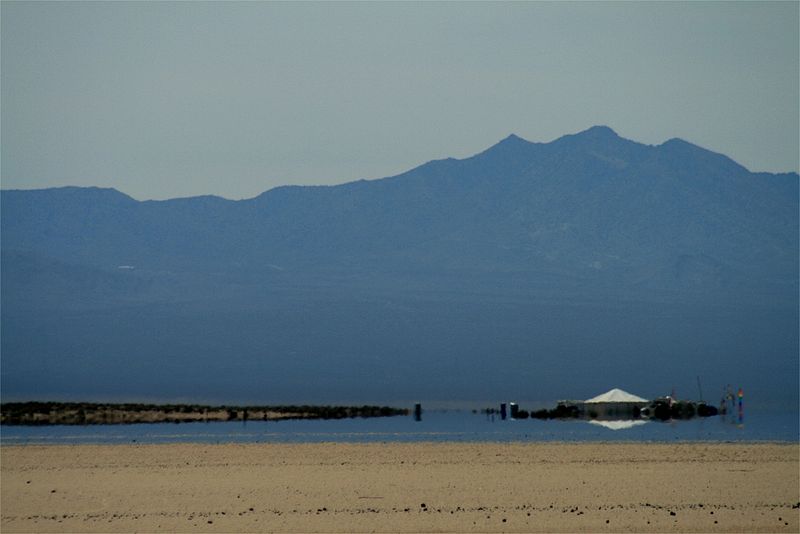The world Corona Virus Disease – 19 (COVID-19) pandemic is a disruption of major proportions to which there is no equal, not in this century, anyway.
This infection has the potential to develop into one of the worst health crises because, at this moment in time, the disease continues to spread and there is still no cure. The best defense so far appears to be the act of physically distancing oneself from others or totally isolating oneself, especially among the elderly cohort and those with pre-existing health conditions. Honestly, nothing post-twentieth-to-twenty-first-century rollover in this regard can even compare.
As to the century prior, there were some disastrous calamities in their own right. For example, there was the Spanish Flu pandemic in year 1918; the Avian Flu; MERS and SARS, to name just a few.
Other scourges came in the form of an all-encompassing or all-enveloping pall.
From the Air Quality Matters blogpost: “On beating back emissions, if not now, when?” there are five “for-instances” listed.
- “1930 – ‘Meuse Valley, Belgium air inversion results in 60 dead and thousands sick from exposure to industrial air emissions’
- “1943 – ‘First recognized episodes of smog occur in Los Angeles in the summer of 1943. Visibility is only three blocks and people suffer from smarting eyes, respiratory discomfort, nausea, and vomiting. The phenomenon is termed a ‘gas attack’ and blamed on a nearby butadiene plant. The situation does not improve when the plant is shut down’
- “1948 – ‘Donora, Pennsylvania air pollution episode kills 20 people, numerous animals and half of the town’s 12,000 residents became ill due to uncontrolled emissions from industrial facilities’
- “1952 – ‘Over 4,000 deaths attributed to ‘Killer Fog’ in London, England’
- “1956 – ‘Killer Fog’ enveloped London, England resulting in 1,000 deaths above normal’”
Each and every one of the above-cited examples can unequivocally be categorized, characterized, classified, qualified as a major disruption – there should be no argument.
But, how to categorize, characterize, classify, qualify global warming and climate change, this is trickier.
The above-listed “disruptions” are “major” absolutely because of their impacts, severe impacts, are both immediate and in relative terms, pervasive.
But, global warming’s and climate change’s impacts, many would contend, are not immediate, although most would probably concur, are pervasive.
For this reason, many might call global warming and climate change “disruptions” even though they might at the same time be hesitant to label such “major disruptions.”
Others, meanwhile, would be inclined to disagree, some strongly no doubt because they dread, fear their perceived or suspected or even expected (whatever the case may be) long-term or off-in-the-distance effects, whatever they may be.
Then again, there are some who may intimate a “not-so-fast” utterance, proclaiming that such is/are “major distractions” at the most, and “minor disruptions” at the least.
In other words, there is a lack of consensus where global warming and climate change are concerned, which could help explain why global warming/climate change is having a relatively difficult time rallying the troops necessary to help combat it, unlike the way, the COVID-19 pandemic is.
Definitely food for thought.
Image above: Brocken Inaglory, Wikimedia Commons
